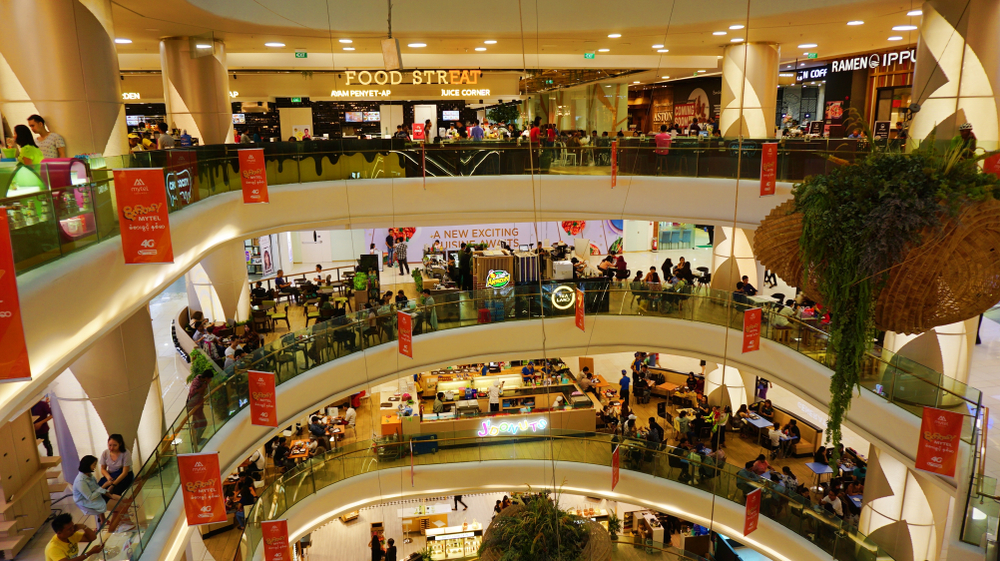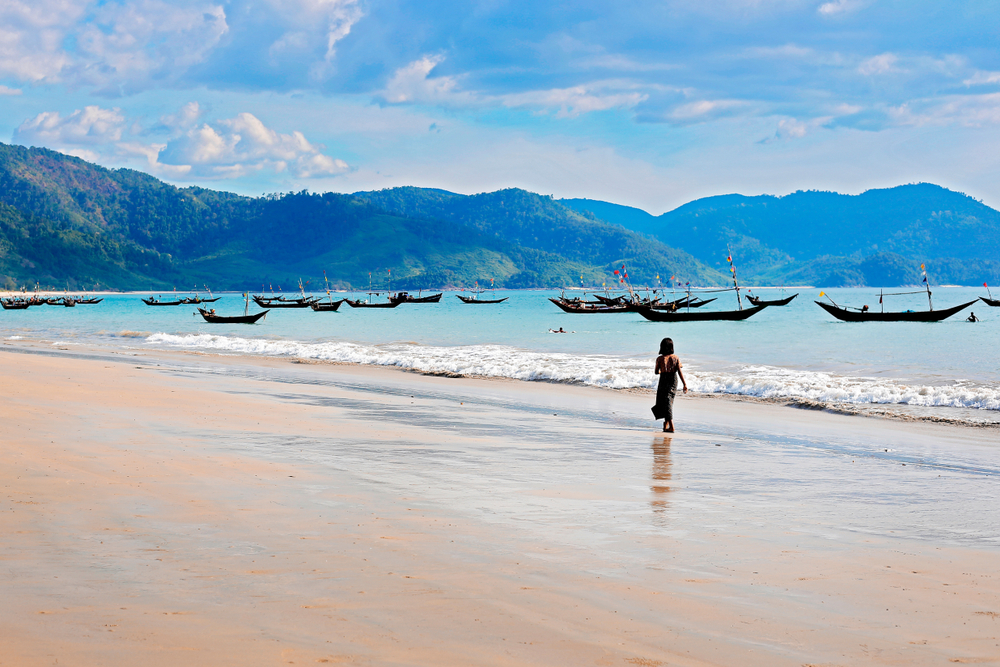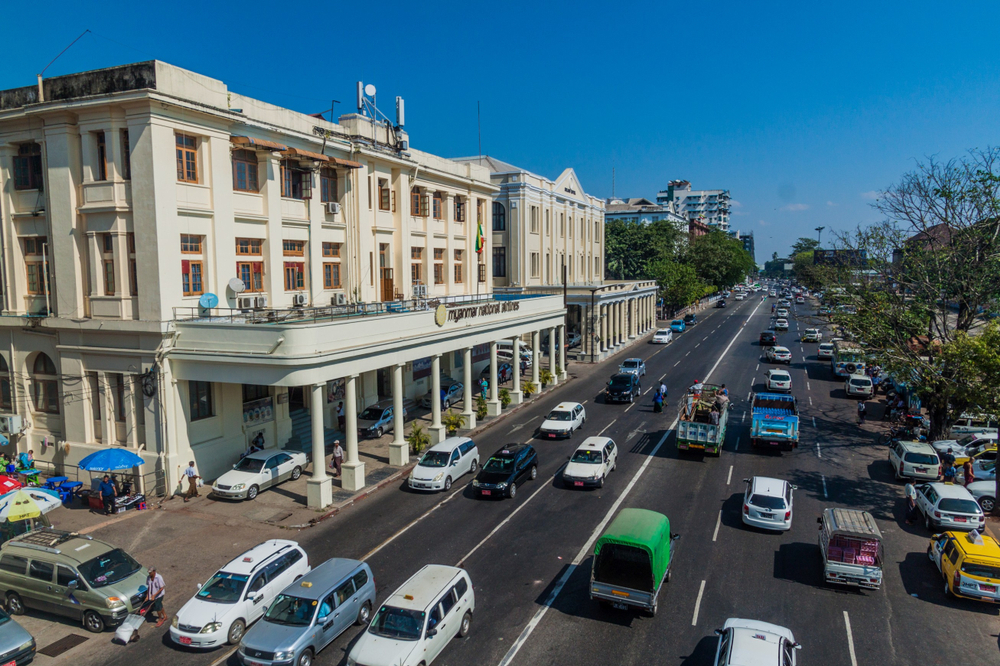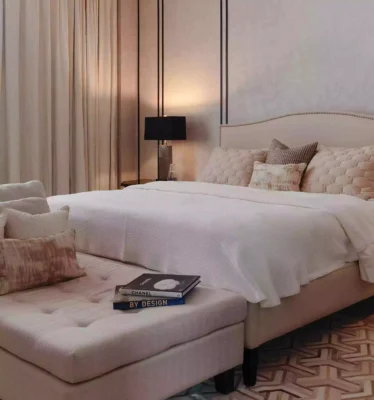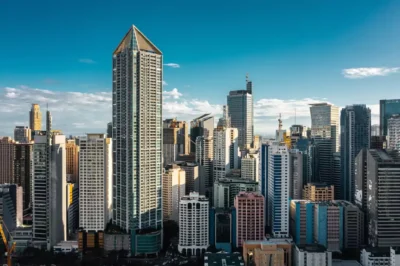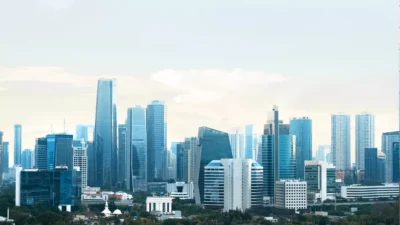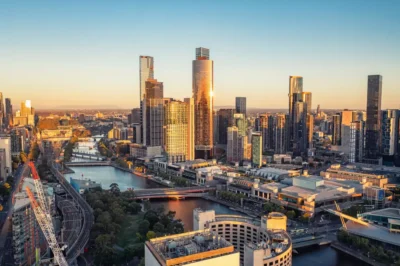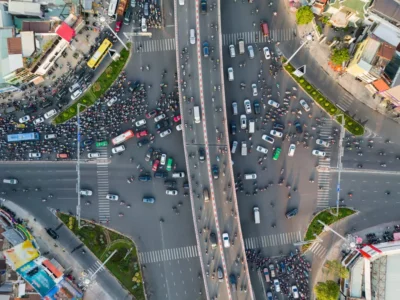Myanmar gets a dose of retail therapy
While the country’s residential sector continues to struggle, a boom in retail is giving developers ample reason to splash the cash
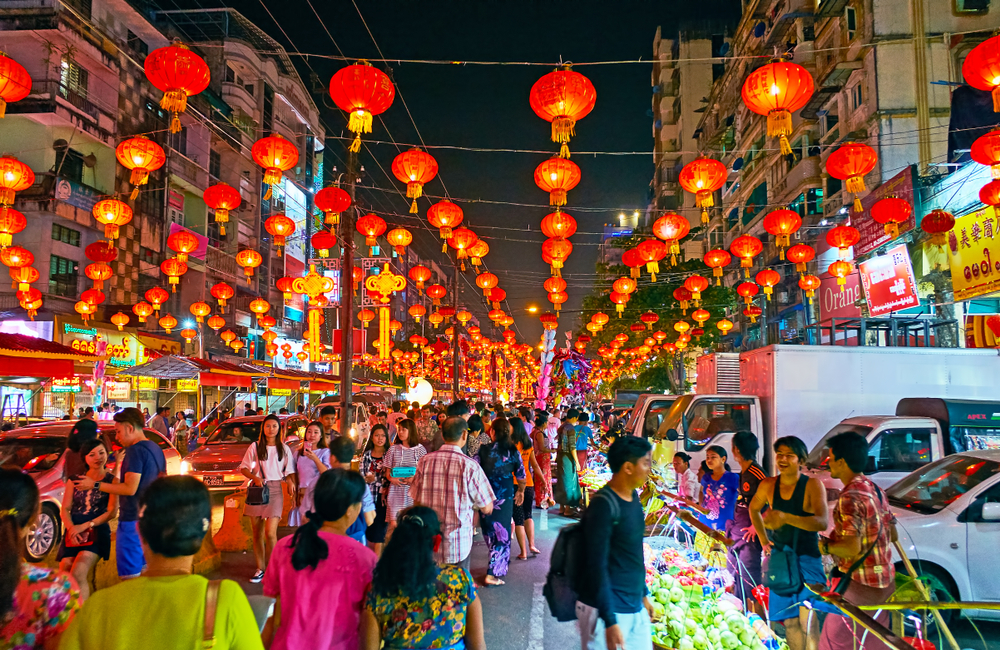
When Japanese mall giant Aeon Co. makes a bold bid for a chunk of Southeast Asia’s retail market, it tends to cause a stir.
Its tactic of pioneering big expensive malls in emerging economies says a lot about where an economy is at or where it’s heading; so when it launched its first hypermarket in Southeast Asia in Yangon in May the implication was that Myanmar has got serious about shopping.
The 2,800-square-metre store is three times the size of its 14 existing supermarkets in Southeast Asia and has a 70-sqm dining area and a 200-sqm home appliance department. The store will also house Aeon’s microfinance arm, which has been driving sales of electrical and luxury items in countries like Cambodia where, for many people, buying a new TV or washing machine outright would require months of saving.
According to Masayasu Isozaki, general manager at Aeon Orange, Myanmar’s retail industry is a well of untapped potential. “There is more room to increase the number of stores in Myanmar, as the country is short of modern retail space,” he told Japanese media.
Other brands, too, appear to share Aeon’s faith in the economy. Last year, Starbucks announced a total investment of USD6 million will be allotted to open 20 outlets. Its first branch, opening at Sule Square Mall in Yangon, adds to a growing list of international brands that have already established themselves in the country. These include Gloria Jeans Coffee, The Coffee Bean and Tea Leaf, KFC, and Krispy Kreme.
We have seen a better than expected performance in new stores. Rising disposable incomes, greater connectivity and economic development have led to an increase in consumer spending on food and beverage, not just in Yangon but in other towns and cities
As opportunities beckon beyond Yangon, Singapore-listed Yoma Strategic Holdings, the franchisee of KFC, plans to open 70 KFC stores throughout the country over the next five years.
“We have seen better than expected performance in new stores [in Mandalay, Taunggyi, Monywa, Bago and Pyay], highlighting the potential to expand our services beyond Yangon,” says Yoma CEO Melvyn Pun, who went on to add that “rising disposable incomes, greater connectivity and economic development” have led to an increase in consumer spending on food and beverage, not just in Yangon but in other towns and cities.
Easing the arrival of big brands to Myanmar are changes to legislation which have reduced various barriers to entry, while social media has been key to the changing tastes of consumers.
According to the Asian Development Bank, Myanmar’s economy is on course to grow 6.6 percent this year and 6.8 percent next year on the back of its retail, among other sectors.
With all the movement in food and shopping, it is unsurprising that retail has been the property industry’s “star performer,” comments Karlo Pobre, managing director of Colliers International Myanmar.
The rental rates for retail properties have been on an upward trend for the past five years. Prices are more stable than in other sectors where fluctuations are more common. As a consequence, occupancy levels for the majority of new establishments are averaging 90 percent.
Last year, Yangon’s retail space rose 24 percent on the year before, exceeding 400,000 square metres as three new shopping malls launched. One of those was The Central Boulevard by Marga Landmark, an award-winning complex comprising a retail promenade and residential units on the corner of two of Yangon’s busiest roads, Kabar Aye Pagoda Road and Kanbe Road.
Other notable mall launches in recent years have been Myanmar Plaza, City Mall St. John, and Junction City, which house luxury labels like Coach, Hugo Boss, and Versace. Though the average salary in Myanmar is rising, it still remains only a few hundred US dollars a month. At that level, a handbag or suit from any of those brands is out of reach.
And yet early signs of a diverse consumer culture are emerging. Young people with a bit of extra money are looking to enjoy themselves. Clubs, bars, restaurants, and movie theatres are all doing a brisk trade, even during the week — “a trend not seen before,” points out Pobre.
The marriage between movies and malls is a long established one, and in Myanmar it looks set to blossom as both industries grow.
More: The birthplace of the Pegu Club cocktail opens its doors once more
Figures from the Ministry of Information reveal 33 movies were shown across all cinemas in the country in 2017, with the total number of moviegoers estimated between 300,000 and 600,000. At the end of 2018, the number of movies shown rose to 83, and filmgoers to 1.3 million. Myanmar now has 126 digital cinemas and 20 more are due to open this year. Competition is also gaining momentum in the luxury segment, where motorized leather seats and state-of-the-art sound systems and projectors aim to attract film fans.
“The entry of foreign brands especially in food and beverage and mid-tier products are positive signs that could fuel consumption moving forward. There are indeed aspirations for these types of brands and this is reinforced by the increasing discretionary spending, especially among the young working population,” says Pobre.
The excitement around retail offers some relief to Myanmar’s property industry as it continues to contend with a drab residential sector.
After the country opened up in 2015, the hope that a new and spirited housing market would grow out of foreign investment evaporated amid political strife and administrative sclerosis. Slow sales and lukewarm interest from investors continue to discourage developers from launching new projects. Legal and financial obstacles, meanwhile, have obscured the market from foreigners.
This year might see some market movement as the government finally gets around to implementing the condominium law. The law, which allows foreigners to buy [Field]up to 40 percent of condominium apartments from the sixth floor of a building or above, was passed in 2015 but is only now being put into action after relevant committees were established in January.
“This is definitely a huge step,” says Lyra Miragrace, a partner at Kelvin Chia Partnership, a commercial law firm. The implementation of the law will likely encourage developers to build and sell units in areas neighbouring China and Thailand, such as Shan State and Dawei where pockets of natural beauty present untapped tourism potential.
However, for Western investors, Myanmar still carries great reputational risk as its thorny political issues linger.
More: Investing in Myanmar, two years after the crisis
“The Rakhine issue has been very detrimental to investment. The [investors] who are here are those who have been here a while, [so the challenge] will be getting new investors,” says Miragrace, referring to government “clearance operations” that drove more than 700,000 Muslim Rohingya out of the country. She adds, however, that such trepidation among Western investors aren’t shared by Asian investors, particularly Chinese who have fewer “qualms” about politically sensitive issues.
Yet with the rise of economies in nearby Cambodia and Vietnam – both less darkened by recent political woes, at least in the eyes of the west – investing in residential real estate in Myanmar might seem like more trouble than it’s currently worth.
Until excitement builds again, Colliers believes cheaper housing is a safer bet and one that would attract local buyers since developers and banks partnered to make modest loans more obtainable.
“We predict that lower-tier modern apartments and condominiums will witness better sales performance,” the company states in a February report. “Similarly, buyers are likely to gain more confidence towards basic but modern developments, smaller in size and priced more reasonably. The eventual proliferation of mortgage and deposit provisions is seen to change the residential market, which traditionally has been out of reach for the majority, especially low- and middle-income earners.”
Yet encouraging developers to build small-sized units is not easy. Land prices and construction costs are high, making it hard to sell units at competitive prices. But with sales and launches in the high-end segment virtually stagnant, this may be the best option open to developers.
But more crucially, developers should start thinking outside the box, said Stephen Purvis, head of Yoma Land, a residential housing developer and subsidiary of Yoma Strategic Holdings.
“The key to long term residential success will be to deliver community and not just a box,” he says.
“This applies at all price levels. Just because someone has a lower income does not mean they don’t share the aspirations and needs of the wealthy. We apply that philosophy for developing all our homes, whether selling at USD45,000 or above USD1 million,” he said.
But until the residential market can get back on its feet, the industry can take comfort in retail therapy.
This article originally appeared in Issue No. 155 of PropertyGuru Property Report Magazine
Recommended
Exploring A Life By Design’s maximalist approach to interior design
Andrea Savage is embracing the maximalist trend with bold and vibrant interior designs
Jakarta’s emerging innovation hub integrates tech and healthcare sectors
The Digital Hub in BSD City is being positioned as Indonesia’s counterpart to Silicon Valley
Philippine real estate sees growth in regional markets despite challenges in Metro Manila
Amid pressures, developers and investors are capitalising on a range of opportunities to drive growth in the nation's real estate sector
Bali leads the charge in Indonesia’s rental boom while other regions struggle to keep pace
The rental market is soaring in Bali due to its rich cultural heritage and island charm, while other regions of Indonesia are experiencing less success

